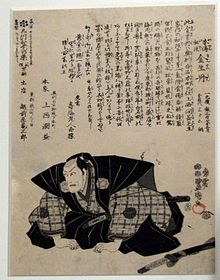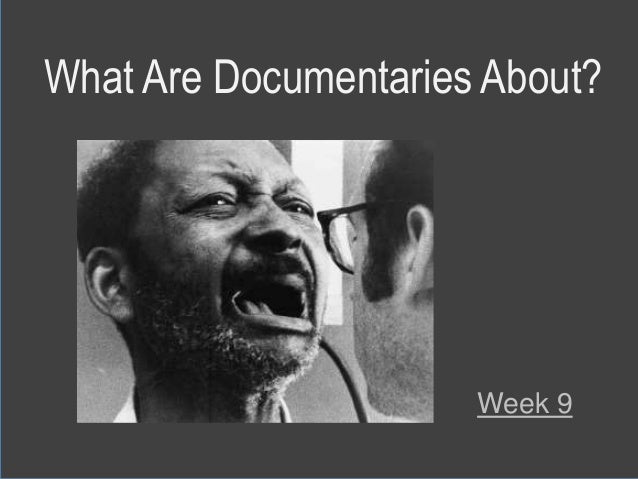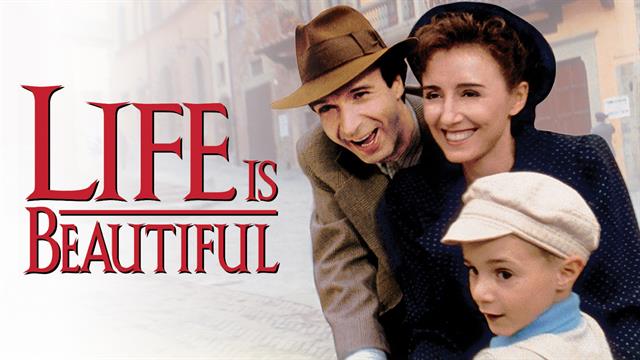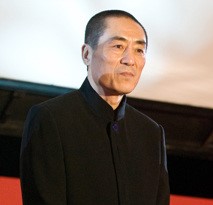Media and Society
What is Media?
According to the Oxford dictionary, Media is "The main means of mass communication (broadcasting, publishing, and the Internet) regarded collectively." The word 'Media' is used to describe any means of communication. It refers to the platform or form of communication. For instance, using words to share your thoughts to other people is a form of media.
Media usually are thought of as sources of news and entertainment. It also has the power to influence people. It inspires, informs, entertains, motivates, propagates and educates. If used for the right purposes, media is beneficial but it can also be a deadly weapon on society as it is a double edged sword. They also carry messages of persuasion. Important, though often overlooked, is how mass messages bind people into communities, even intonations.
Relationship between Media and Society
Media are pervasive in modern life. Every morning millions of Americans wake up to clock radios. Political candidates spend most of their campaign dollars on television ads to woo voters. The United States economy depends on advertising to create mass markets. American children see unprecedented numbers of commercial messages a year. Through the mass media, we learn almost everything we know beyond our immediate surroundings. What would we know of Baghdad or Tikrit or the Super Bowl if it were not for newspapers, television, and other mass Medias?.
The media bind communities together by giving messages that become a shared experience. In the United States, a rural newspaper editor scrambling to get an issue but may not be thinking about how his work creates a common identity among readers, but it does. The town newspaper is something everyone in town has in common. A shared knowledge and a shared experience are created by mass media, and thus they create the base for a community.
The same phenomenon occurs on a national level. News coverage of the attacks on the World Trade Center and the Pentagon-bound Americans in a nationwide grieving process. Coverage of the death of Princess Diana prompted a global dialogue on celebrity coverage. Stories of misdeeds help us figure out what we as a society regards as inexcusable. The news coverage of the impeachment of President Clinton did this. Mass media is essential for the ongoing process of society identifying its values. The importance of mass media in binding people into nationhood is clear in every revolution and coup-d’etat around the world. The leaders try to take over the national media right away as an essential vehicle to unify the population behind their cause and silence the opposition. When the U.S. invaded Baghdad in 2003, their priority was to get the television back on the air.
Positive Effects of Social Media towards society
By now, we are all aware that social media has had a tremendous impact on our culture, in business, on the world-at-large. Social media websites are some of the most popular haunts on the Internet. They have revolutionized the way people communicate and socialize on the Web.
However, aside from seeing your friends’ new baby on Facebook, or reading about Justin Bieber’s latest brush with the law on Twitter, what are some of the real impacts, both positive and negative, that social media has had on our society? Here is a closer look at the effect of social media on politics, business, socialization as well as some of the negative effects such as cyber bullying and privacy.
Impact on Politics
Every politician worth his salt needs to jump on the social media bandwagon. This is because social websites have played an important role in many elections around the world, including in the U.S., Iran, and India. They have also served to rally people for a cause, and have inspired mass movements and political unrests in many countries.
Impact on Business
Net savvy companies are using social media to advertise their products, build customer loyalty and many other functions. Interactions and feedback from customers help businesses to understand the market, and fine-tune their products and strategies. Many firms organize contests and give away prizes to enthuse consumers to visit their social website page more often. Compared to television advertisements and other expensive forms of marketing, social media presence is a cheap and effective means to enhance brand image and popularity.
Effect on Socialization
Social networks offer the opportunity for people to re-connect with their old friends and acquaintances, make new friends, trade ideas, share content and pictures, and many other activities. Users can stay abreast of the latest global and local developments, and participate in campaigns and activities of their choice. Professionals use social media sites like LinkedIn to enhance their career and business prospects. Students can collaborate with their peers to improve their academic proficiency and communication skills. You can learn about different cultures and societies by connecting with people in other countries.
Negative Effects of Social Media towards society
Unfortunately, there are a few downsides to social networking. Many introverts and socially reclusive users place too much emphasis on virtual interaction, and ignore the real world outside.
Social networking sites like Facebook and MySpace allow you to find and connect with just about anyone, from a coworker in a neighboring cube to the girl who played Emily in your high school production of "Our Town" thirty years ago. Browsing these sites can make you feel connected to a larger community, but such easy, casual connection in an electronic environment can also have its downs.
Cyber Bullying and Online Harassment
If you are not careful, unscrupulous people can target you for cyber bullying and harassment on social sites. School children, young girls, and women can fall prey to online attacks which can create tension and distress. If you are a victim of cyber bullying, do not take it lying down, but try to take appropriate legal action against the attacker.
Impact on Privacy
If you are not careful, what you post on the Net can come back to haunt you. Revealing personal information on social sites can make users vulnerable to crimes like identity theft, stalking, etc. Many companies perform a background check on the Internet before hiring an employee. If a prospective employee has posted something embarrassing on social media, it can drastically affect their chances of getting the job. The same holds true for our relationships too, as our loved ones and friends may get to know if we post something undesirable on social networks.
A False Sense of Connection
Social media sites can make it more difficult for us to distinguish between the meaningful relationships we foster in the real world, and the numerous casual relationships formed through social media. By focusing so much of our time and psychic energy on these less meaningful relationships, our most important connections will weaken and eventually crumble.
Decreased Productivity
While many businesses use social networking sites to find and communicate with clients, the sites can also prove a great distraction to employees who may show more interest in what their friends are posting than in their work tasks. Wired.com posted two studies which demonstrated damage to productivity caused by social networking: Nucleus Research reported that Facebook shaves 1.5% off office productivity while Morse claimed that British companies lost 2.2 billion a year to the social phenomenon. New technology products have become available that allow social networks to be blocked, but their effectiveness remains spotty.
To be frank, Social media has its advantages and drawbacks as revealed in this article. It is up to each user to use social sites wisely to enhance their professional and social life, and exercise caution to ensure they do not fall victim to online dangers.
































